When I talk to European mobile app founders, I often ask them if they are targeting the American market. In 80% of cases, the answer is no. Most stay focused on their national market, without realizing the huge opportunity cost of not tackling the US (where the market is much deeper).
At THE QUEST, our first apps were targeting France. They were doing well, we saw them being used at Parisian parties… but we quickly understood the limits and caps. So we made the choice to distribute them directly in the United States. Result: the MRR of our apps was multiplied by 6–7 on average in a few months.
The biggest European apps — Spotify, Sorare, BeReal — succeeded thanks to international distribution from the start. BeReal, in particular, was a real source of inspiration. In this article, I share the best methods to market your app in the US without being there: how to post locally, adapt your content to American codes, collaborate with native influencers, and optimize your product to convert in the US market.
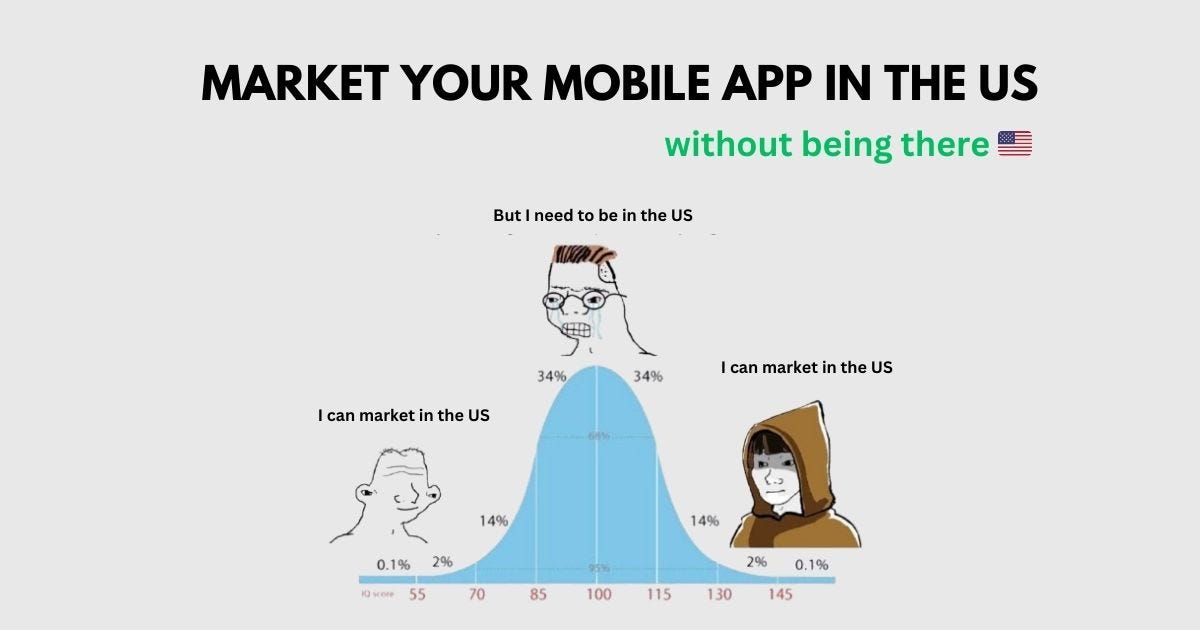
1/ Setting up your socials in the US
Socials like TikTok, Instagram, and YouTube are among the top acquisition channels for consumer mobile apps. They allow you to attract thousands of users without investing too much money or effort. But there’s a catch: algorithms favor local content. If your account is based in Europe, your videos will mostly be shown to a European audience. To effectively reach American users, your account needs to be perceived as a US-based account.
You have two options. Either you reset a phone, connect it to a 5G mobile proxy, and then create your social media accounts. Or you buy/rent a phone that’s already set up in the US and delegate social media management to someone on the ground. The best approach is to set up a dedicated device directly in the US — while maintaining control from your country using a 5G mobile proxy. Here’s how 👇
Tutorial: Set up your socials accounts in the US
1/ Choose the right phone
Use a new or factory-reset phone, ideally an iPhone.
Do not insert a SIM card (except US-based).
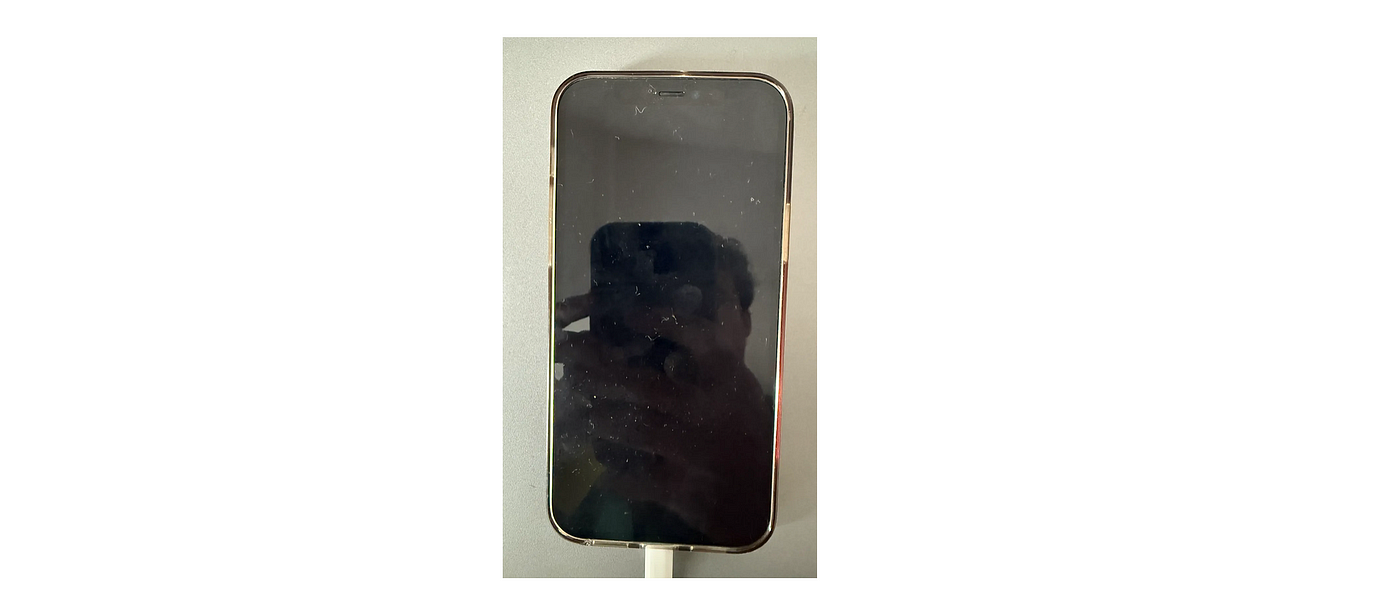
2/ Set Up the Phone as a US Device
Ideally, set up the device from the USA. If this is not possible, connect to Wi-Fi using an American VPN router. As a last resort, use your local Wi-Fi network. In this case, once you’ve completed your iPhone’s initial configuration, you’ll need to immediately connect your Wi-Fi to the proxy I discuss below.

Create an Apple iCloud US account. If you’re connected to your local Wi-Fi network, create the account from a computer using a US proxy (you can use the one I mention below connected to a browser like Dolphin Anty), directly on the iCloud website.

You can use a dedicated US number through services like TextPlus.

Or use a temporary US number through services like SMS Activate.

*If you’re using a temporary number, make sure to add an alternative two-factor authentication method to prevent losing access to your account if you no longer have the number and can’t complete the 2FA verification.

Your iCloud account must be linked to a US email address. To do this, create a Gmail account from a computer connected to your US proxy ((I’ll talk about this in the next step). To bypass phone verification when creating your Gmail account, you can create the account from YouTube. Open a new Chrome profile, go to YouTube, find a random video, and try to like it. A prompt will appear asking you to sign in or create an account. Select the account creation option, then choose to create a Gmail address.
Complete the setup of your US Apple account on your phone by adding a US billing address (randomly generated using tools like Fake XY).

Add a US billing method. Ideally, use a US bank card. If you don’t have one, you can create a dedicated US PayPal account using the same US number as your Apple account. Once set up, you can link any payment method to your PayPal account.
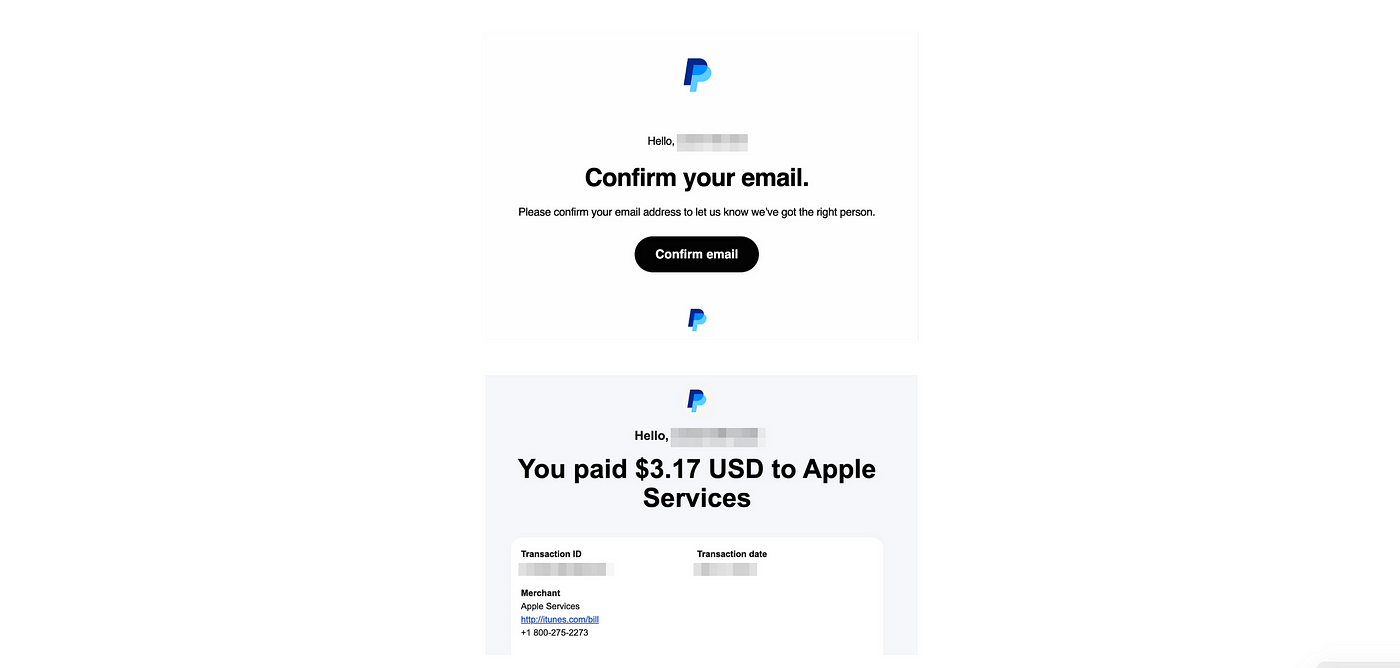
*UPDATE: When setting up your US Apple account, you can also choose not to add a payment method and instead use a prepaid Apple gift card. Just buy a $3 card from a site like MTC Game and redeem the code. This method is much easier and faster than creating a dedicated PayPal account.
3/ Choose the Right US Proxy
Use a reliable, unique 4G/5G mobile proxy located in the United States. Avoid low-quality VPNs or shared proxies. Feel free to DM me if you want some recommendations on the best proxy providers.
Add the proxy using an app that ensures an uninterrupted connection (rule-based proxy client), such as ShadowRocket.
Enable Global Routing mode: Proxy to ensure that all internet traffic is routed through the proxy. If the proxy disconnects, internet access will be completely blocked.
Test your connection on Whoer:

4/ Create & warm your socials
Create your accounts using US phone numbers (via SMS-Activate) or dedicated Gmail accounts (set up on your phone using SMS-Activate for phone verification).
Keep your profile empty at first: no bio, no profile picture (or use a photo taken directly with the device).
Engage with the platform for 2–3 days — scroll, like, and comment to simulate natural activity.
Try to gain US followers by sharing your account with American users.

5/ Post your first content
Save multiple drafts before publishing your first posts.
Upload a few videos edited using TikTok’s built-in editor.
Avoid adding CTAs to prevent your account from being flagged as commercial.
After 2–3 days, complete your bio and add a profile picture.
→ Your account will be ready to use!
The multiple accounts strategy
To maximize visibility, it’s crucial not to rely on just one account. The most effective strategy is to use multiple accounts — both affiliated and non-affiliated.
Affiliated accounts are directly linked to your app. They help promote it with content aligned to its branding and marketing campaigns.
Non-affiliated accounts expand your audience without making the promotion feel too obvious. These can include faceless content accounts related to your niche, UGC accounts, or lifestyle pages.
Example:
This approach was heavily used by BeReal, which multiplied TikTok accounts to promote the app through various formats (StoryTime, Tips, Recommendations…).
This is the strategy we used for one of the apps I created (CrayCray): we built a TikTok & Instagram content engine that generated over 500M organic views across multiple accounts in different countries, driving growth from $0 to $25K MRR in just a few months (case study here).
I can’t share all the details, but CoupleJoy implemented this strategy too 👇

Rather than relying solely on a single TikTok account affiliated with their brand (@couplejoy), they implemented a well-structured multi-account strategy. Their approach focused on managing multiple accounts simultaneously, including:
6 creator-led accounts, posting content daily.
3 faceless accounts, also active every day.
The Results?
7.3 million total views
60,000 bookmarks
+10% hit rate (users taking a key action, like clicking the bio link)
2/ Adapt your content to the US market
Copy-pasting content from one country to another is tough. What works in Europe won’t necessarily take off in the US. Trends and cultural references are different. On TikTok, Instagram, or YouTube, algorithms prioritize content that truly resonates with Americans — content they want to watch, share, and comment on.
Three key elements make a difference:
A trending US song that grabs attention.
A punchy & direct hook that intrigues within the first second.
Ultra-fast-paced editing that keeps viewers engaged and drives conversions.
Compare the video of a European youTubeur to MrBeast — the difference in format is obvious. In the US, it’s all about overstimulation: rapid cuts, zero downtime, dynamic transitions that constantly hold attention. The tone is more direct, high-energy, and engaging.
To stay updated on real-time trends, use TikTok’s Creative Center. This tool helps you identify trending US sounds, high-performing hashtags, and video formats that drive the most engagement. It also provides insights into top-performing ads, allowing you to analyze what truly captures the American audience.
You can also leverage US ad content libraries like the Facebook Ads Library or platforms like Foreplay to study what works best in the market.
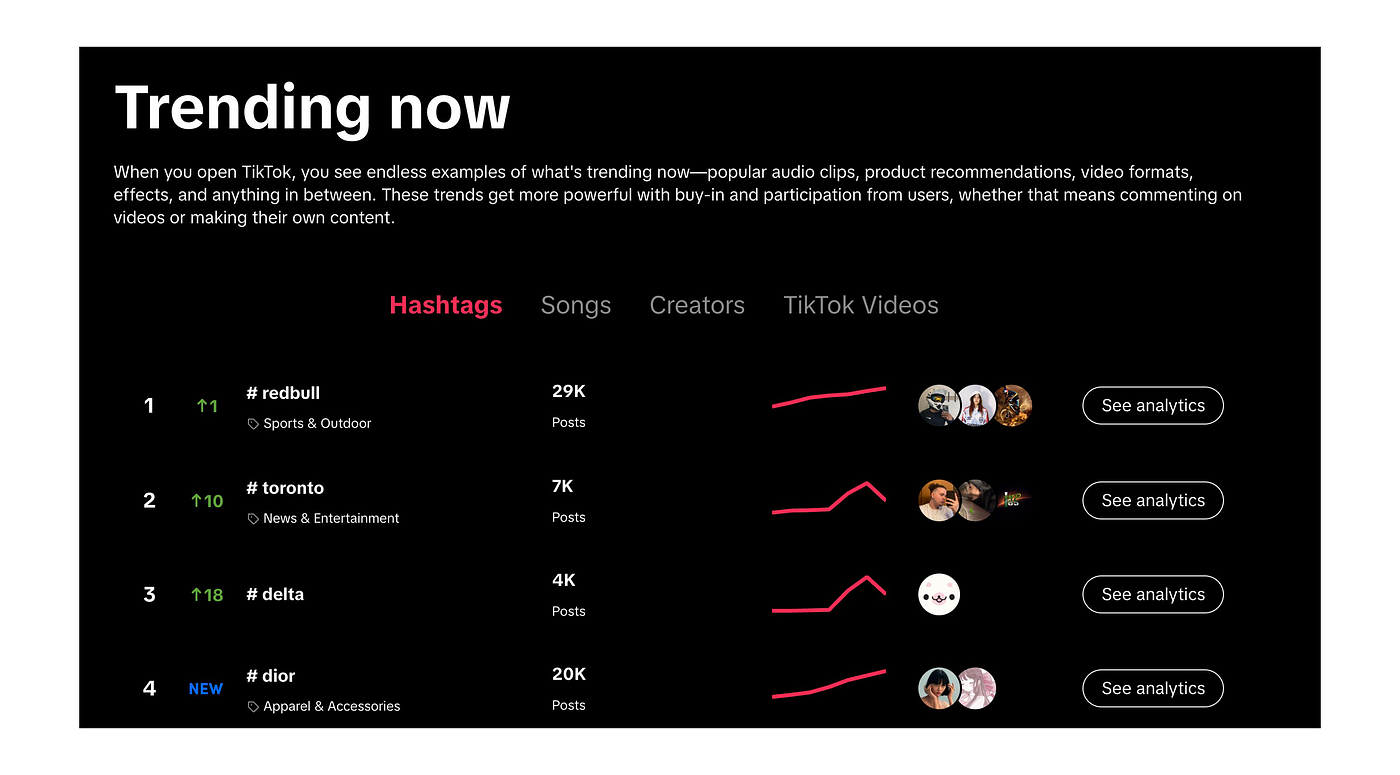
📍 Hiring reposters
To boost the visibility of your posts, you can hire reposters based in the US. Their role is to repost your videos on their own TikTok, Instagram, or YouTube accounts, allowing you to reach a wider audience without having to create additional content.
On TikTok, this technique works particularly well because the algorithm does not penalize reposted videos. In fact, content that performs well on one account can go viral multiple times across different accounts, significantly increasing your reach.
To find native US reposters, especially American students, you can use platforms like Home From College, which makes it easy to recruit students for small gigs.
*UPDATE: You can also set up your own US farm to create US-focused content and distribute it massively across multiple accounts in a semi-automated way.
I actually wrote an article about this: Building TikTok & Instagram Farm.
3/ Working with US influencers
US influencers are a powerful growth lever to help your app take off in this market. To find them, use a TikTok/Instagram account set up in the US and let the algorithm recommend profiles through the For You feed. You can also leverage influencer platforms/databases like Favikon to filter by niche, engagement, audience, and most importantly, location.
The best approach is to DM around 60 US micro-influencers with a highly personalized message, offering immediate payment (€50–100) and providing a few guidelines (while staying flexible).
The key advantage of US influencers is that when you let them adapt your instructions to their audience’s format, the content will naturally feel US-friendly. Avoid testing directly with big creators — instead, fine-tune your strategy first with micro/nano-influencers who understand the nuances of the US market.
Once you start seeing results, automate outreach using AI agents capable of contacting up to 50 influencers per hour.
📍 BeReal’s strategy
One of BeReal’s strategies was to bring content creators together in a house (all expenses paid) to produce as much social media content as possible.
Located in the US (Hamptons), this house primarily hosted American creators, but also a few international influencers to expand the reach of their content.
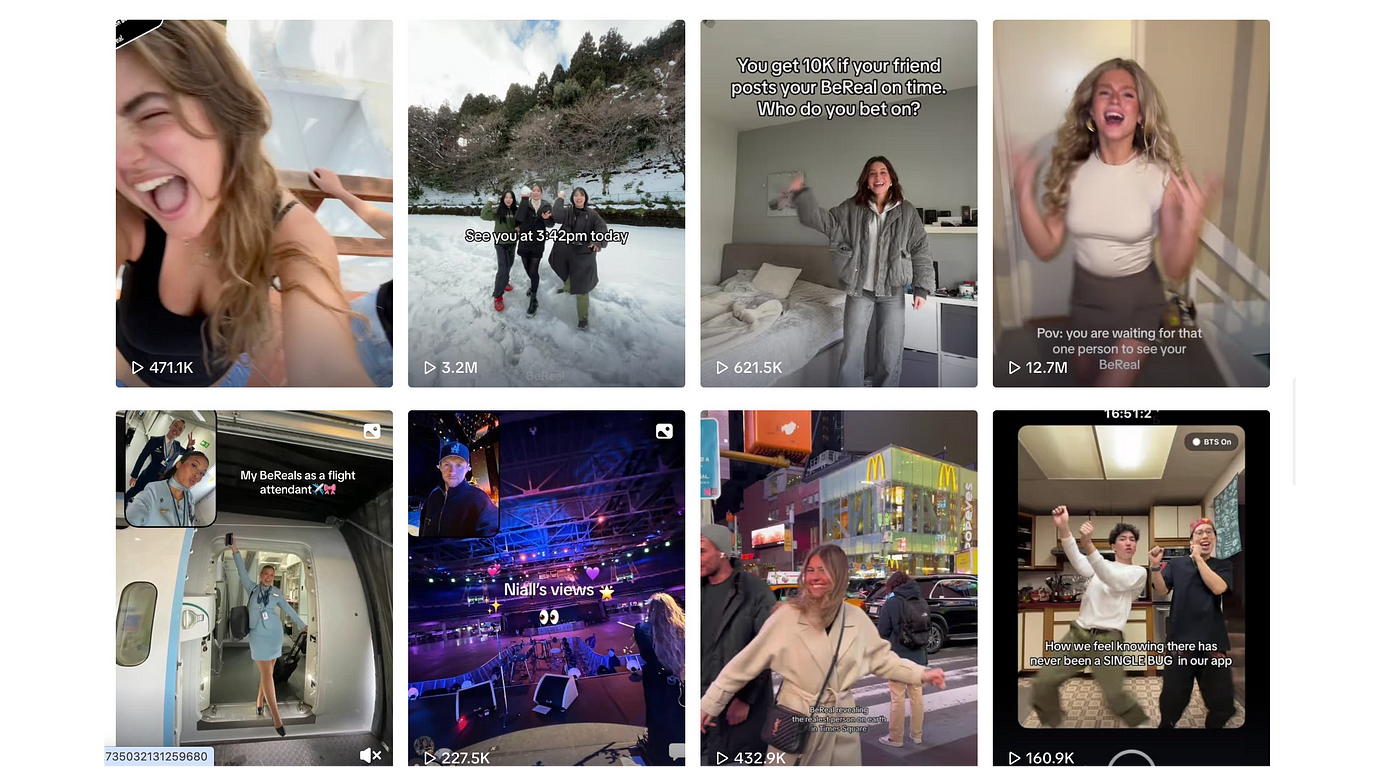
David Aliagas, former Growth Manager at BeReal, recently launched a new dating app called Hoppy. To generate buzz around the app, he reused the exact same creator house concept.
4/ Adapt your product/funnel to the US
Just like marketing, the product must be aligned with the US market to maximize its adoption. Here are the three levers to optimize:
Optimize your store page for the US market
Adapt your visuals: Highlight the key features in the American market (Example with Instagram) and follow the graphic codes of the US App Store / Play Store. Even app icon styles follow specific trends.
Refine your ASO: A simple translation is not enough. Integrate keywords and idiomatic expressions specific to US consumers to improve your ranking and maximize your conversion rate.
Strengthen your credibility: Get reviews (reviews & ratings) from American accounts to make your application more credible.

Adapt your pricing to the US market
Buying habits vary from one market to another. In the United States, consumers have higher purchasing power and are more willing to pay for apps, especially through in-app purchases. To make the most of this:
Study your competitors: Look at how your competitors position themselves in the US: what business model do they use (one-time payment, subscription, free trial)? What are their prices? You can use Sensor Tower for this.
Optimize your paywalls: Test different strategies, such as offering the premium subscription even before onboarding or pushing a hard-onboarding when users access the main feature (which I don’t recommend in France!).
👋 Awesome you made it to the end — hope this helps!
If you wanna chat about mobile apps, feel free to DM me on X.
And if you’re building a consumer mobile app, join the Discord!